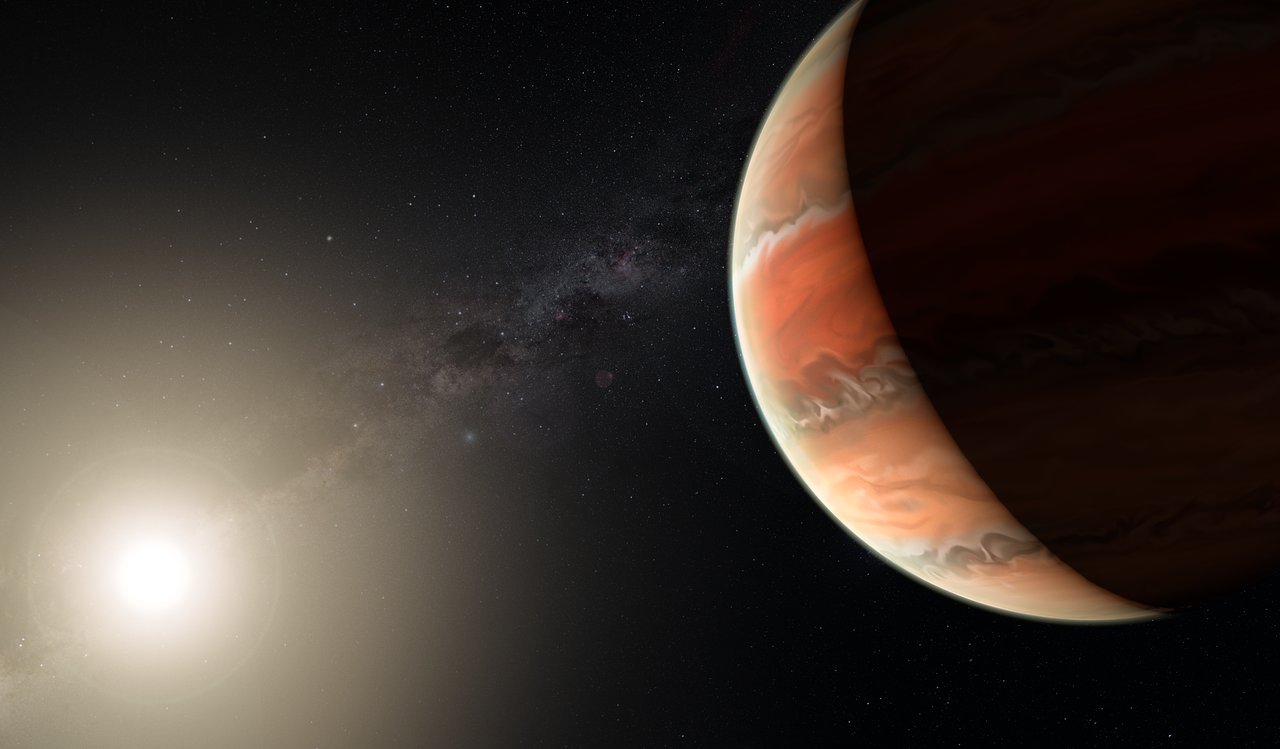Queen’s collaboration discovers a ‘super-Earth’ planet that has likely undergone a giant collision

Dr Christopher Watson
Astrophysics researchers at Queen’s University Belfast, along with international partners, have discovered the first evidence of the end-product of a collision outside of our own solar system.
Queen’s University Belfast’s Astrophysics Research Centre is part of the international collaboration that includes the INAF Astrophysical Observatory of Turin, Italy, which made the discovery.
Queen’s is a partner-institute in this consortium and part-funded the instrument (HARPS-N) used in the discovery.
The results of the study, published in Nature Astronomy, show two ‘super-Earth’ planets that have been discovered in very similar orbits around the same star. Both planets are almost the same size, roughly one-and-a-half times the radius of Earth, but one is twice the mass of the other, and is very dense.
The researchers believe that the reason for this diversity is that the denser planet endured a giant impact earlier in its history that stripped the lighter rocky material and left behind the dense core that they are seeing today.
Although the researchers know of collisions within our solar system, this is the first time they have seen evidence of the end-product of such a collision outside of our own solar system.
Astronomers have now discovered nearly 4,000 ‘extra-solar’ planets - alien worlds orbiting other stars. This includes a class of planet that doesn’t exist in our solar system, called ‘super-Earths’, that sit in a size range between that of the Earth and Neptune.
These super-Earths exhibit highly diverse properties, ranging from sub-Neptunes with fluffy atmospheres and dense cores, to rocky or iron-rich worlds more akin to Earth. Astrophysicists have been working to understand why these planets are so diverse.
Dr Christopher Watson, Head of the Exoplanet Group within the Astrophysics Research Centre in the School of Mathematics and Physics led the Queen’s team. He said: “The discovery was made in Kepler-107, a multi-planet system containing four planets, of which the inner two are super-Earths orbiting extremely close to their parent star.
“Despite the fact that both planets have similar orbits that make them close neighbours and that they also have very similar sizes, they have greatly different masses, meaning they have significantly different densities.
“One way to explain this arrangement is that the denser outer planet, Kepler-107c, was once a much larger planet that had the lighter material from its surface stripped away during a giant collision earlier in its history, leaving behind the dense core that we see today.
“Astrophysicists had spotted such planets before and speculated that it was evaporation due to the close proximity of the planet to the star that stripped away the outer surface and/or gassy atmosphere.
“The Kepler-107 setup is unique, as it is the outer planet that is further away from the evaporative effect of the star that is denser- but the opposite would be expected if evaporation was responsible.”
Media enquiries
Media inquiries to Queen’s University Communications Office T; +44 (0)28 9097 3087 E: comms.office@qub.ac.uk
